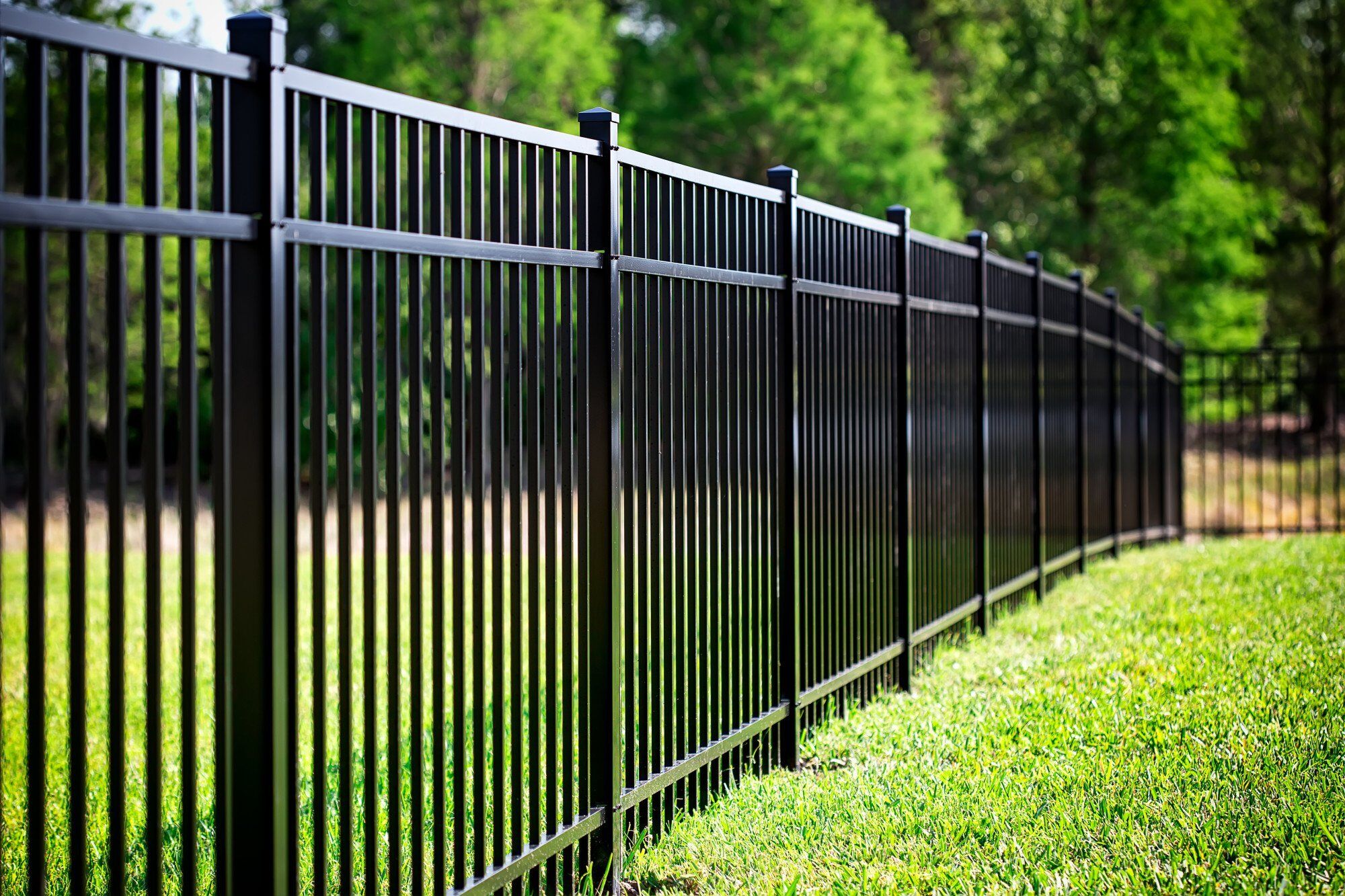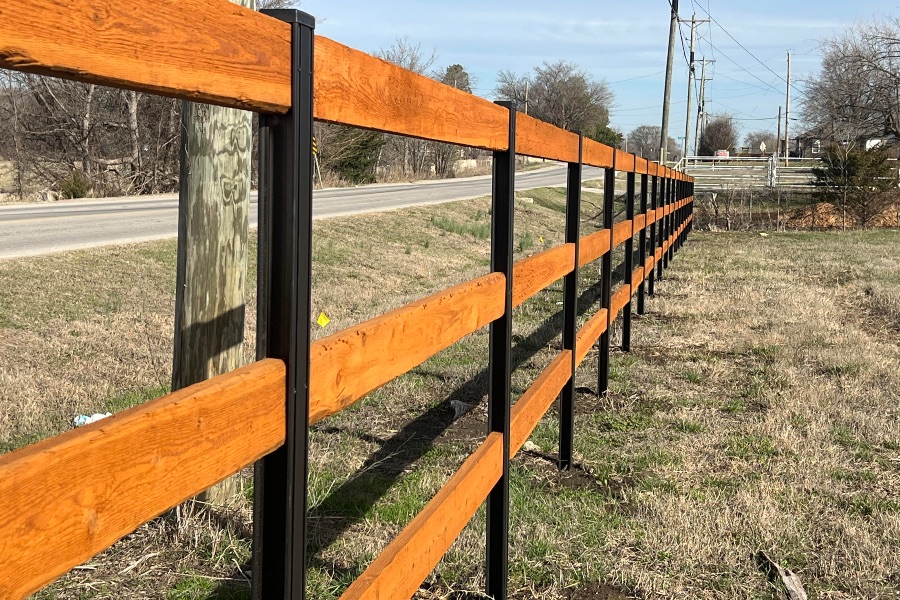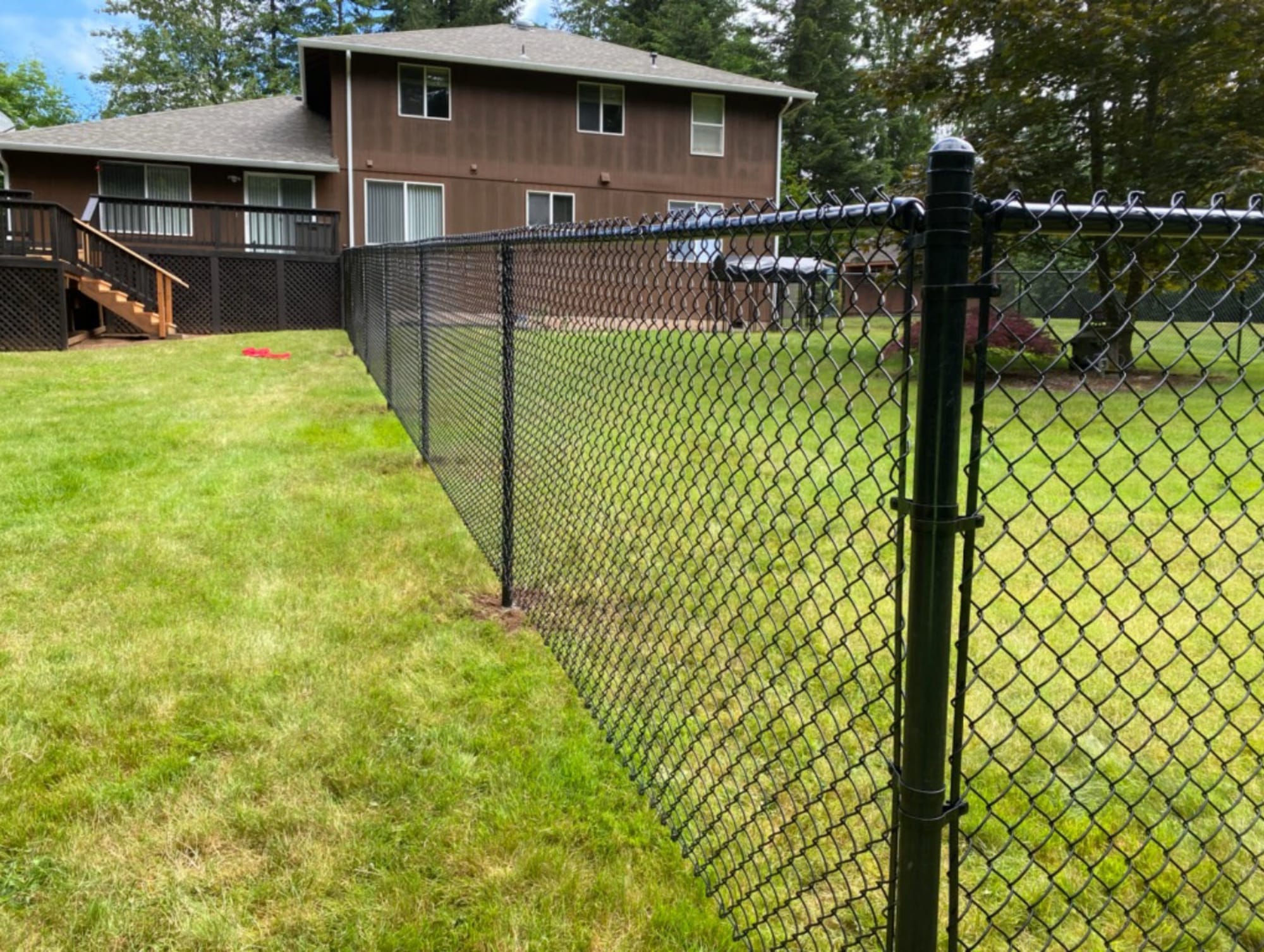All Categories
Featured
Your fence is an investment that offers curb, protection, and privacy appeal. Each fence type has one-of-a-kind upkeep needs based on its product's resilience, exposure to the elements, and various other variables.
![]()
Climate Protection: Use a high-quality sealer or discolor every 2-- 3 years to shield the timber from wetness and UV rays. For severe environments, yearly reapplication may be essential. Cleaning: Utilize a yard tube or a pressure washing machine on a reduced setting to get rid of dirt and mildew. Comply with up with a light detergent for stubborn spots. Repair work: Examine for loose or rotting boards and replace them immediately. Tighten up screws or nails to maintain the structure stable. Pest Control: Usage termite-resistant wood or treat the fence with insect repellents to prevent invasions. 2. Plastic Fencings. Plastic fences are preferred for their durability and very little upkeep needs.
Cleaning: Laundry the surface area with a yard tube or a blend of soap and water to eliminate dust and algae. For tough discolorations, make use of a soft-bristle brush or a vinyl-specific cleanser. Inspections: Regularly inspect for fractures or bending, especially after strong winds or heavy impacts. Repairs: Change any kind of broken sections instantly. Plastic fences commonly utilize modular parts, making repair services uncomplicated. 3. Chain-Link Fences. Chain-link fencings are strong and economical yet call for routine focus to avoid rust.
Corrosion Removal: Use a wire brush to eliminate corrosion from subjected areas, then use a rust-inhibiting spray to safeguard the metal. Cleaning: Hose down the fencing routinely to remove dirt. For gunk, usage soapy water and a stiff-bristle brush. Repair work: Tighten up any type of drooping areas or change damaged links to maintain protection. 4. Wrought Iron Fences. Wrought iron fencings offer longevity and elegance however are susceptible to corrosion if not properly kept.
![]()
Corrosion Prevention: Scuff off corrosion spots with sandpaper and apply a rust-resistant guide adhered to by outdoor steel paint. Inspect for rust at least two times a year. Cleaning: Wipe down with a cloth and soapy water to maintain the coating. Avoid unpleasant cleaners that can damage the surface area. Repainting: Repaint every few years to shield the metal from corrosion and maintain it looking fresh. 5. Aluminum Fences. Light weight aluminum fencings are lightweight, long lasting, and resistant to corrosion, needing much less maintenance compared to wrought iron.
Cleansing: Tidy with soap and water to eliminate dirt and dirt. Wash extensively to stop deposit. Examinations: Check for loosened hardware or dents, particularly after tornados. Safeguard or replace parts as needed. Touch-Ups: Use paint to scraped or broken areas to avoid damages to the protective covering. 6. Compound Fences. Compound fences are made from a blend of wood and plastic, incorporating durability with marginal upkeep.
![]()
Cleansing: Utilize a pipe or a soft brush with soap and water to clean the surface area. Stay clear of utilizing extreme chemicals. Assessments: Look for bending, specifically in extreme heat. Tighten up or change any broken panels. Mold Avoidance: While composite materials stand up to rot, maintain the fence clean and dry to prevent mold buildup. 7. Bamboo Fences. Bamboo is an eco-friendly choice but needs cautious maintenance to preserve its appearance and long life.
Sealing: Use a safety sealer or varnish every 2-- 3 years to defend against dampness and UV damages. Cleaning: Clean with light soap and a soft sponge or brush. Avoid high-pressure washing, which can harm bamboo fibers. Repair services: Replace harmed posts or sections to maintain structural stability and appearance. General Upkeep Tips for All Secure Fencing Types. Routine Assessments: Inspect your fence a minimum of as soon as every season for damages, wear, or loose parts. Cutting Plant Life: Keep shrubs, plants, and creeping plants far from the fencing to stop wetness damage and lessen parasite activity. Seasonal Adjustments: In regions with snow, avoid loading snow against your fence to stop architectural anxiety. In warm climates, examine for heat-related warping or fading. Verdict. Each fencing product has its one-of-a-kind maintenance demands, but a positive method to care can prolong its life-span and maintain it looking its finest. Wood fencings need even more focus compared to vinyl or aluminum, but each material take advantage of regular cleansing, inspections, and prompt repairs. By tailoring your upkeep practices to the kind of fence you have, you'll make sure that it remains to offer privacy, safety and security, and curb appeal for several years to find.

- Wood Fencings. Wood fencings are valued for their natural look however need regular upkeep to protect against damage.
Climate Protection: Use a high-quality sealer or discolor every 2-- 3 years to shield the timber from wetness and UV rays. For severe environments, yearly reapplication may be essential. Cleaning: Utilize a yard tube or a pressure washing machine on a reduced setting to get rid of dirt and mildew. Comply with up with a light detergent for stubborn spots. Repair work: Examine for loose or rotting boards and replace them immediately. Tighten up screws or nails to maintain the structure stable. Pest Control: Usage termite-resistant wood or treat the fence with insect repellents to prevent invasions. 2. Plastic Fencings. Plastic fences are preferred for their durability and very little upkeep needs.
Cleaning: Laundry the surface area with a yard tube or a blend of soap and water to eliminate dust and algae. For tough discolorations, make use of a soft-bristle brush or a vinyl-specific cleanser. Inspections: Regularly inspect for fractures or bending, especially after strong winds or heavy impacts. Repairs: Change any kind of broken sections instantly. Plastic fences commonly utilize modular parts, making repair services uncomplicated. 3. Chain-Link Fences. Chain-link fencings are strong and economical yet call for routine focus to avoid rust.
Corrosion Removal: Use a wire brush to eliminate corrosion from subjected areas, then use a rust-inhibiting spray to safeguard the metal. Cleaning: Hose down the fencing routinely to remove dirt. For gunk, usage soapy water and a stiff-bristle brush. Repair work: Tighten up any type of drooping areas or change damaged links to maintain protection. 4. Wrought Iron Fences. Wrought iron fencings offer longevity and elegance however are susceptible to corrosion if not properly kept.

Corrosion Prevention: Scuff off corrosion spots with sandpaper and apply a rust-resistant guide adhered to by outdoor steel paint. Inspect for rust at least two times a year. Cleaning: Wipe down with a cloth and soapy water to maintain the coating. Avoid unpleasant cleaners that can damage the surface area. Repainting: Repaint every few years to shield the metal from corrosion and maintain it looking fresh. 5. Aluminum Fences. Light weight aluminum fencings are lightweight, long lasting, and resistant to corrosion, needing much less maintenance compared to wrought iron.
Cleansing: Tidy with soap and water to eliminate dirt and dirt. Wash extensively to stop deposit. Examinations: Check for loosened hardware or dents, particularly after tornados. Safeguard or replace parts as needed. Touch-Ups: Use paint to scraped or broken areas to avoid damages to the protective covering. 6. Compound Fences. Compound fences are made from a blend of wood and plastic, incorporating durability with marginal upkeep.

Cleansing: Utilize a pipe or a soft brush with soap and water to clean the surface area. Stay clear of utilizing extreme chemicals. Assessments: Look for bending, specifically in extreme heat. Tighten up or change any broken panels. Mold Avoidance: While composite materials stand up to rot, maintain the fence clean and dry to prevent mold buildup. 7. Bamboo Fences. Bamboo is an eco-friendly choice but needs cautious maintenance to preserve its appearance and long life.
Sealing: Use a safety sealer or varnish every 2-- 3 years to defend against dampness and UV damages. Cleaning: Clean with light soap and a soft sponge or brush. Avoid high-pressure washing, which can harm bamboo fibers. Repair services: Replace harmed posts or sections to maintain structural stability and appearance. General Upkeep Tips for All Secure Fencing Types. Routine Assessments: Inspect your fence a minimum of as soon as every season for damages, wear, or loose parts. Cutting Plant Life: Keep shrubs, plants, and creeping plants far from the fencing to stop wetness damage and lessen parasite activity. Seasonal Adjustments: In regions with snow, avoid loading snow against your fence to stop architectural anxiety. In warm climates, examine for heat-related warping or fading. Verdict. Each fencing product has its one-of-a-kind maintenance demands, but a positive method to care can prolong its life-span and maintain it looking its finest. Wood fencings need even more focus compared to vinyl or aluminum, but each material take advantage of regular cleansing, inspections, and prompt repairs. By tailoring your upkeep practices to the kind of fence you have, you'll make sure that it remains to offer privacy, safety and security, and curb appeal for several years to find.
Latest Posts
Find Out Reduce Expenses on Car Maintenance with Montclare Auto Repair’s Special Deals
Published May 23, 25
1 min read
Explore WyHy Federal Credit Union Maximizes Your Savings on Loans and Savings
Published May 22, 25
1 min read
Explore Limited-Time Auto Repair Specials in Chicago at Montclare Auto Repair
Published May 21, 25
1 min read
More
Latest Posts
Find Out Reduce Expenses on Car Maintenance with Montclare Auto Repair’s Special Deals
Published May 23, 25
1 min read
Explore WyHy Federal Credit Union Maximizes Your Savings on Loans and Savings
Published May 22, 25
1 min read
Explore Limited-Time Auto Repair Specials in Chicago at Montclare Auto Repair
Published May 21, 25
1 min read